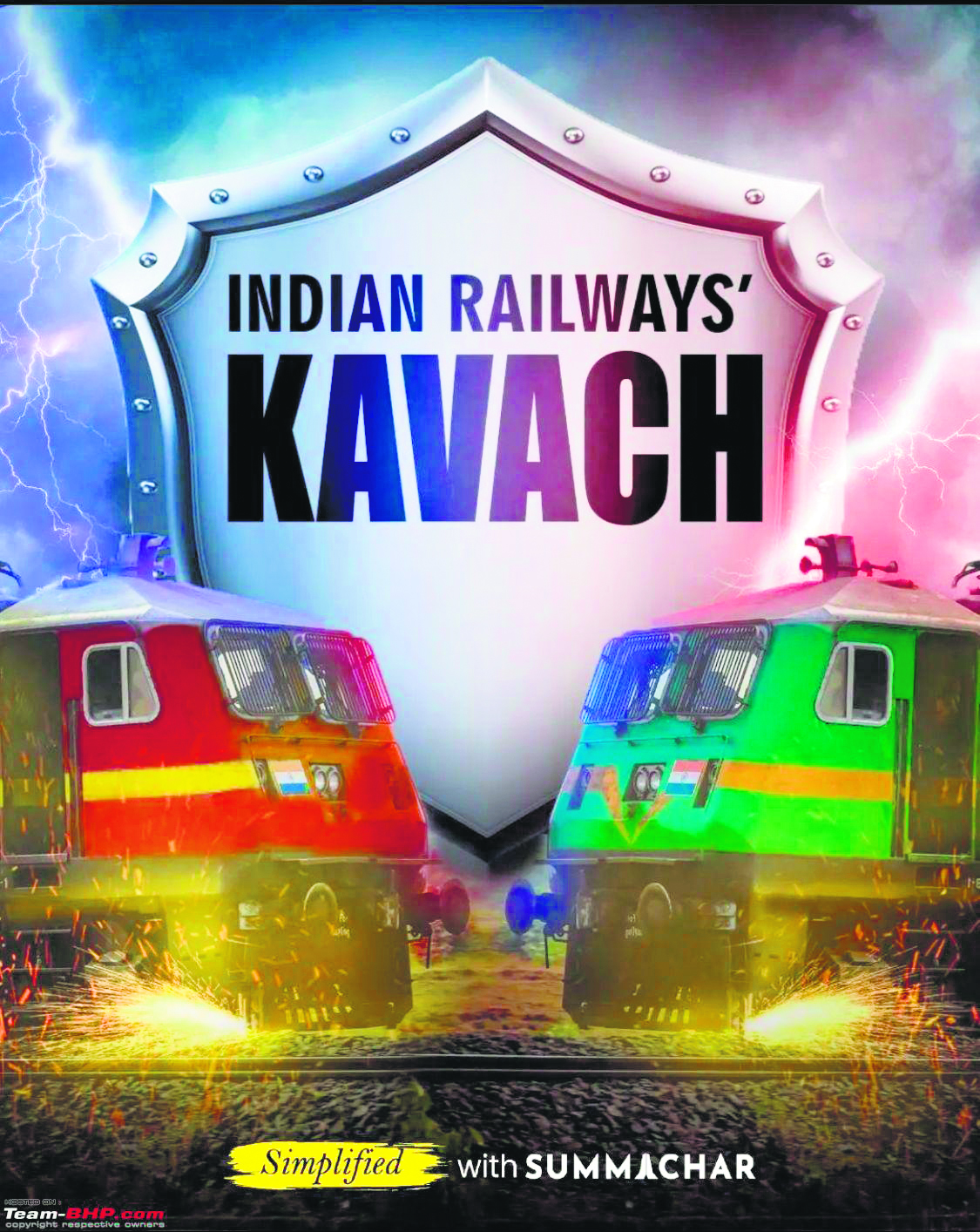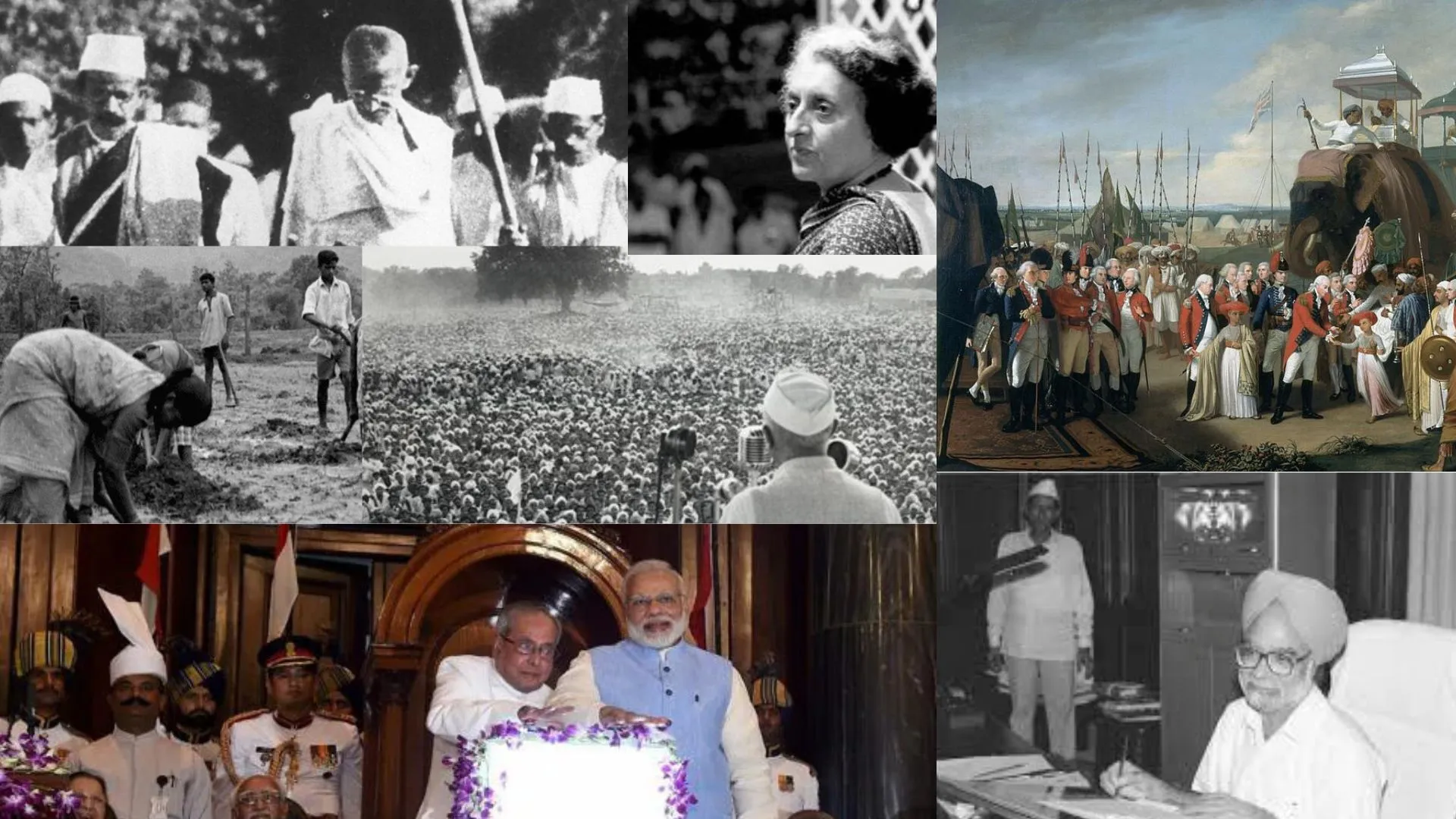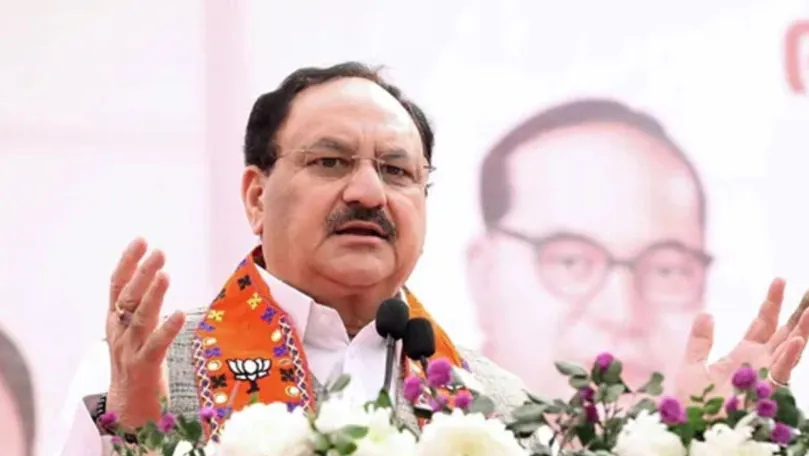A recent trial carried out by the Agra Division of North Central Railway has yielded promising results for, the Kavach, anti-train collision system, which was tested successfully at a speed of 160 kmph.
It marks a significant advancement towards the Indian Railways’ dream of establishing a semi-high-speed rail network.
The Railway Ministry has achieved another milestone with the successful recent trial of braking parameters of the ‘Kavach’ anti-train collision system at a speed of 160 kilometer per hour.
The trial was conducted by the North Central Railway’s Agra Division and it has yielded promising results for the Kavach. Indian Railways is in the process of implementing the Kavach across its network to enhance operational safety.
The Agra Division has developed a complete Kavach network on the 80-km stretch between Mathura and Palwal near Faridabad. It involves the placement of RFID tags on railway tracks in station areas and other places, installation of stationary Kavach units at several places such as stations, and installation of towers and antennas along the tracks.
The new braking system helps loco pilots avoid overspeeding, signal passing and improves safety and also efficiency during adverse weather conditions.
However, Similar safety systems are followed in other countries as well.
Kavach was tested on a WAP-5 semi-high-speed engine, operating on the Palwal-Mathura section on 19 January. Shatabdi and Gatimaan Express pull passenger coaches at speeds of 160 kmph and commonly used WAP-5 engines.
Presently, Kavach is deployed on routes where trains operate at a maximum speed of 130 kmph.
With the introduction of trains like Vande Bharat, which can run at 160 kmph, it becomes crucial for the railway infrastructure to be upgraded to accommodate semi-high-speed operations.
According to the railways, the Kavach system is already functional in three sections on a 1,465-km route and in 139 locomotives in South Central Railway. However, a trial cannot be conducted on that route because of speed restrictions.
Inception of Kavach
With three Indian vendors ‘Medha Servo Drives Pvt Ltd, HBL Power Systems Ltd and Kernex Microsystems’, this braking system was created by the Research Design and Standards Organisation (RDSO) under Indian Railways.
Later, Kavach was adopted as our National Automatic Train Protection (ATP) System.
The Railways have been conducting out field tests for this braking system on passenger locomotives, with further operational improvements in the works since 2016.
In this system, railway tracks, signalling systems on railway tracks, and the engines of trains are installed with radio frequency devices sans relying on a central server that continuously send signals back and forth on a real-time basis to indicate that the track on which the train is operating has no obstacles.
Kavach effectively controls the train’s speed and automatically applies brakes when required, particularly in situations where the loco pilot may not be able to do so.
The tracks will be equipped with pressure sensors capable of detecting weights exceeding 500 kg and then transmit signals to the train’s engine, prompting the automatic application of brakes.
It detects the obstacles up to 10 km ahead with the help of the devices installed on railway tracks.
The features include transmitting line-side signals to the train cab, which is beneficial in high-speed and foggy conditions.
The progress of Kavach, so far 1,659 km of railway line has been covered and an additional 500 km will be covered by March this year. In the next three years, at least 5,000 km will be covered.
Constraints of the maximum train speed
There is always a crucial need that still remains for the railways to upgrade tracks meeting requirements for managing maximum speeds achievable by semi-high-speed trains in India’s railway network.
The only 125 km stretch, divided into three parts between Delhi and Agra, currently permits trains to operate at a maximum speed of 160 kmph.
Even these tracks are not fully free of train traffic, stopping engines from reaching their maximum speed.
Trains are limited to a maximum speed of 130 kmph across the country.
Efforts are underway to strengthen the Indian railway tracks. As a matter of fact, the Mumbai-Ahmedabad-Delhi (1483 km) and Howrah-Delhi (1525 km) rail corridors are among the first to support trains running at 160 kmph.























